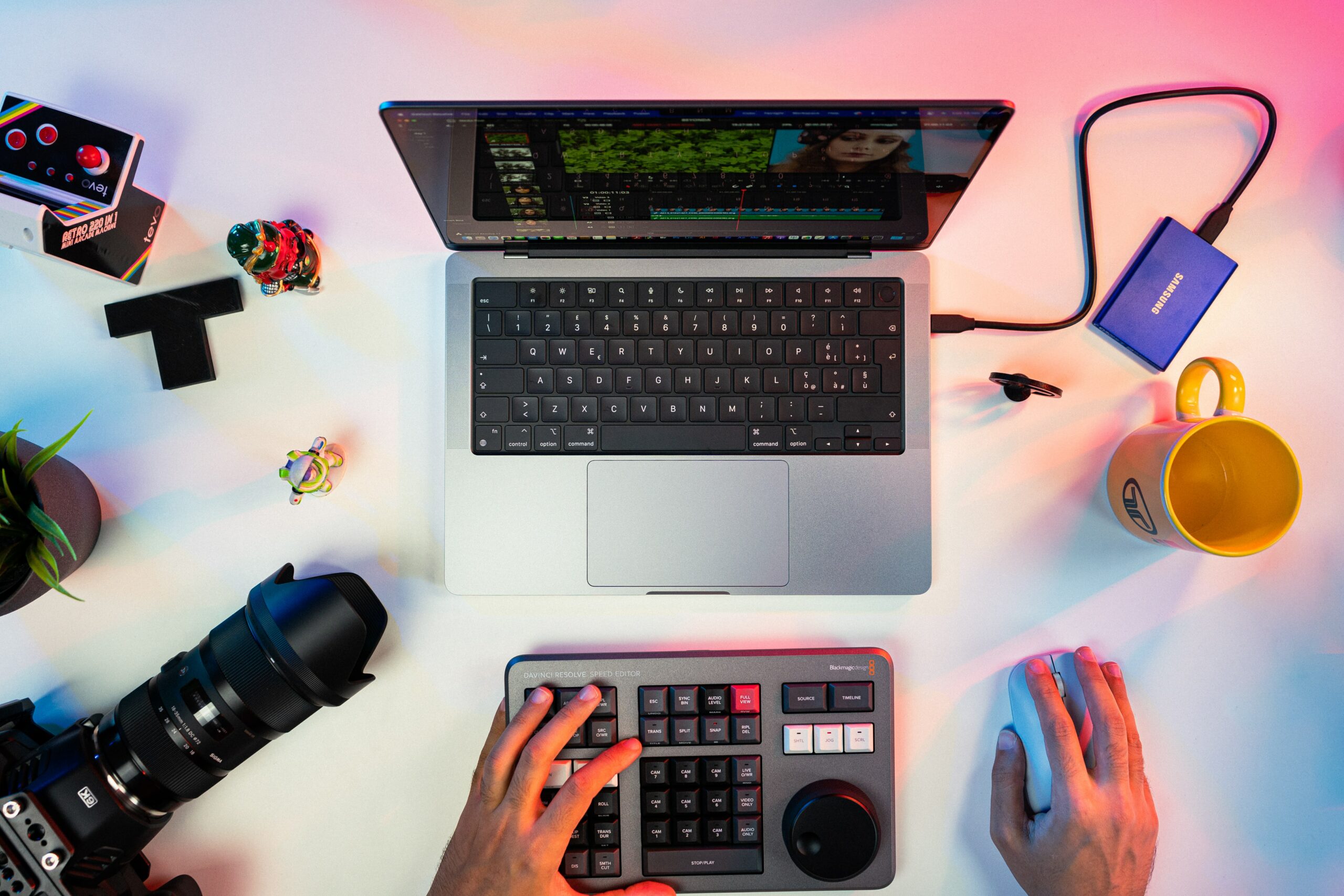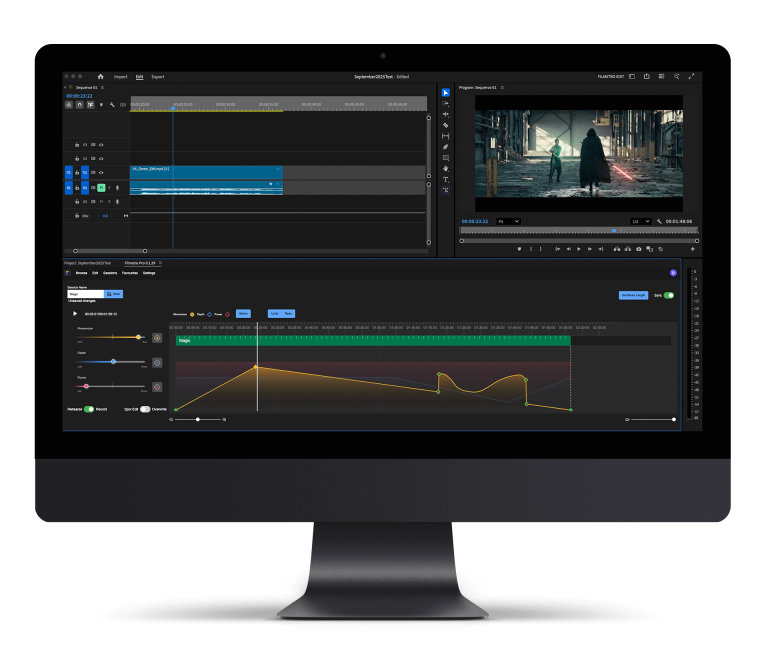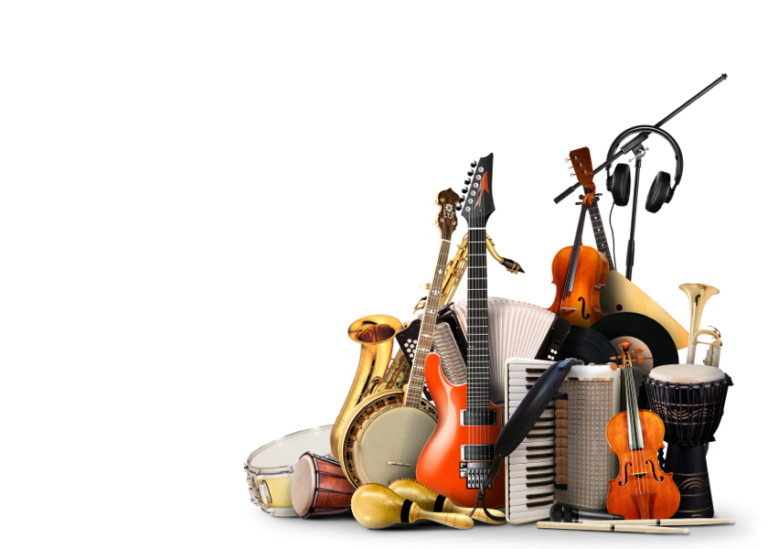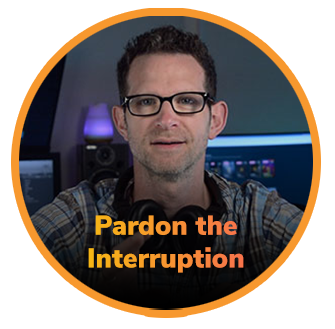8 Audio Editing Tips To Improve Sound On Your Next Video –
As a video creator, you know that audio editing and sound mixing are some of the most crucial aspects of the video creation process. When working on the sound of your video, you can use all the audio editing tips you can get.
Sound is an element that can make or break your video content. If you don’t use the right audio editing apps and techniques, it can become more challenging than it needs to be. Although audio editing is the most basic processes, you still need to put in effort to make sure it is perfect.
Without the right audio editing and sound mixing, your entire project can fall flat on its face. Sound is something that helps you portray your story and create the right atmosphere for the video. It is one of the most important parts of your storytelling journey.
Knowing all the audio editing tips and techniques can help you create the perfect viewing experience for your audience. It also ensures that your video has the impact that you want to create.
Which is why in this article we will explain to you what audio editing tips you need to know. But before we get into that, you need to understand what audio editing is and what makes it so vital for your videos.

What Is Audio Editing?
Audio editing is the changes you make to the music or sound files you have recorded. It can be for songs, videos, broadcasts, etc. The manipulation and arrangement of audio files is known as audio editing.
Audio editing originated when engineers used to make the edits manually by splicing and cutting analog tape to make changes. However, over the years the process of audio editing has evolved drastically. Some of the main tasks during audio editing include:
- Cleaning up the imperfections and noise
- Changing the position of the different sound clips
- Slicing individual clips to manipulate the audio
What Makes Audio Editing Important?
Sound is the element that evokes more emotions in human than image or video. If you want the audience to feel various emotions when watching your video, you need to use different types of sounds and audio. Sound effects, music, and human voice: these are all elements that make us feel things when we watch something.
Audio editing that can perfect these sounds in your video can help you create a lasting impact on the audience and viewers. The audio you add to the video helps your audience understand what they should be feeling when watching the video. If the image or video is on its own, it creates no impact and it will never be memorable for the people who watch it.
When creating the final product, audio editing techniques you use should take precedence over every other process. The way you edit the audio of your video can help the audience form an opinion regarding your work. It also helps them understand the narrative better and it can set the mood for any scene in your video.
8 Audio Editing Tips

1. Use The Right Tools For The Job
Audio editing software can be expensive, so it’s important to choose the right tool for the task at hand. For example, if you just need to trim a small section of audio, a simple audio editing program like Audacity can be enough.
If you need to make more serious changes, however, you’ll need something like Adobe Audition or Sony Vegas. There are also a lot of affordable audio editing online software that offer great features.
When you’re starting out, it’s important to find an audio editing software that will let you experiment and grow with your skills. Look for a program that has a variety of effects and editing options to help you create the sound you want.
There are also many helpful audio editing apps that can allow you to tune and experiment from your phone or computer, which can then be paired with your editing software.
2. Keep Things Organized
Keeping your audio clips and edits neatly organized can make editing much easier. For example, you can put all your audio files in one folder, or divide them up by clip type (e.g. dialogue, background noise, etc.).
Alternatively, you can use a software like Adobe Audition’s Mixer to organize your clips automatically.
3. Use Fades And Cross-Fades To Smooth Out Audio Transitions
When making a video, it’s important to make sure the audio is smooth and uninterrupted. One way to do this is to use fades and cross-fades to smooth out the audio transitions. By doing this, you can make sure that the audio is always consistent and easy to follow.
Audio transitions can be a bit jarring when they occur abruptly, so it’s helpful to use fades and cross-fades to smooth them out. By fading one audio track into another gradually, you can make the transition feel more natural and less jarring.
Try using a fade-in and fade-out effect to achieve this. Additionally, using cross-fades can help avoid any audio clipping or distortion.
4. Use Equalization To Adjust The Sound
There are a few different ways to adjust the sound in your video. One way is to use equalization. Equalization is a tool that can be used to adjust the sound frequencies in your video to make it sound better. Equalization can be used to make your video sound more balanced or to make it sound louder or softer.
If you want to make your audio sound better, you can use Equalization. This will allow you to adjust the amplitude, frequency, and stereo balance of the audio. By doing this, you can make sure that the audio sounds exactly how you want it to.

5. Use Compression To Reduce Noise And Improve Sound Quality
When it comes to video, sound quality is always a top priority. But with all of the noise that can be present in footage, compression can be a great way to reduce it and improve the overall sound quality.
When compressing video, it’s important to use layers so that the noise isn’t amplified. This can be done by setting the compression level to a lower value when compressing the layers, and then increasing the value when compressing the final video.
If you’re experiencing noise in your audio, you can use Compression to reduce it. This will help to improve the sound quality and reduce the amount of noise that’s present.
6. Keep The Volume Level In Mind
When editing any video or audio clip, you’ll want to make sure the volumes are consistent. Have you ever gone to a concert and been disappointed that you couldn’t hear some of the instruments or vocals?
If the sound engineers make a mistake, the vocalist might be drowned out by the drums or the lead guitarist might be playing at a lower volume than the bassist. Similarly, if you’re editing video and audio clips, make sure the volume of your audio matches the specific section you’re working on.
For example, if you’re editing a clip that fades between speaking and music, you may find breaking your audio into sections helpful. This lets you fade and select different audio levels for each section, meaning the volume smoothly drops when someone is speaking and then rises when they aren’t.
7. Change The Tempo
The tempo of your audio can add interest and variety to any composition. Instead of looking for a thirty-second audio clip to fill in the last segment of your video, try looking back at your work with a new perspective.
Is there a slow section where your music is playing at a regular pace? Decide if this is a good time to stretch the tempo and make it slower to better fit the mood.
You can also edit your audio more easily by altering the tempo. You can change the melody of a song at a normal tempo, but when you slow it down, the changes you made may sound very different, so feel free to experiment.
8. Blend Some More
When editing audio, it is important to make sure the transitions between audio clips are smooth. This means there should be no sudden changes in tone or volume, so make sure to blend!
This means that you are washing songs together to prevent the listener from noticing a sudden song change. By washing songs together, it will make the transition from one song to the next song smoother.
The best editors find ways to blend songs together so that it sounds like they’ve always belonged together. You could fade one song as it ends or you could clip files and blend them together at a point where they share similar tones, beats, or keys.
Final Takeaway
Sound and audio is one of the most crucial aspects of making videos. If your audio editing is not up to the mark, your video will fail to make an impact on the audience. Knowing all the important audio editing tips and techniques can help a lot.
If you liked this article, you should also check out Things To Know About Audio Editing
We hope you enjoyed this article and don’t miss out on any of our other blogs!
Sign up to Filmstro and follow us on Twitter, Facebook and subscribe to our Youtube channel. You can also check out some of our amazing royalty-free music today by clicking here.









